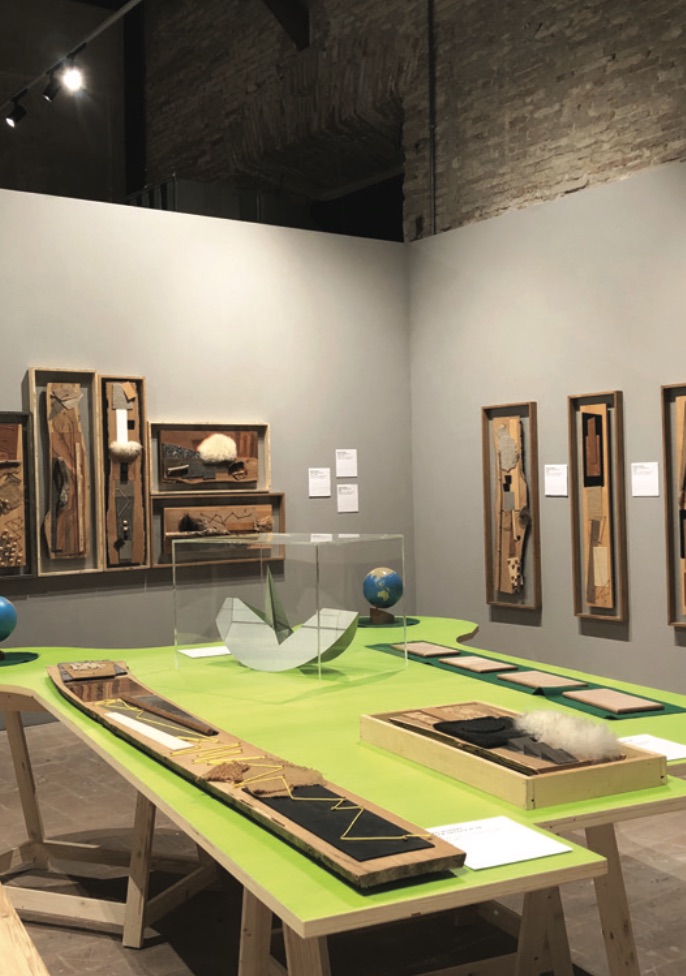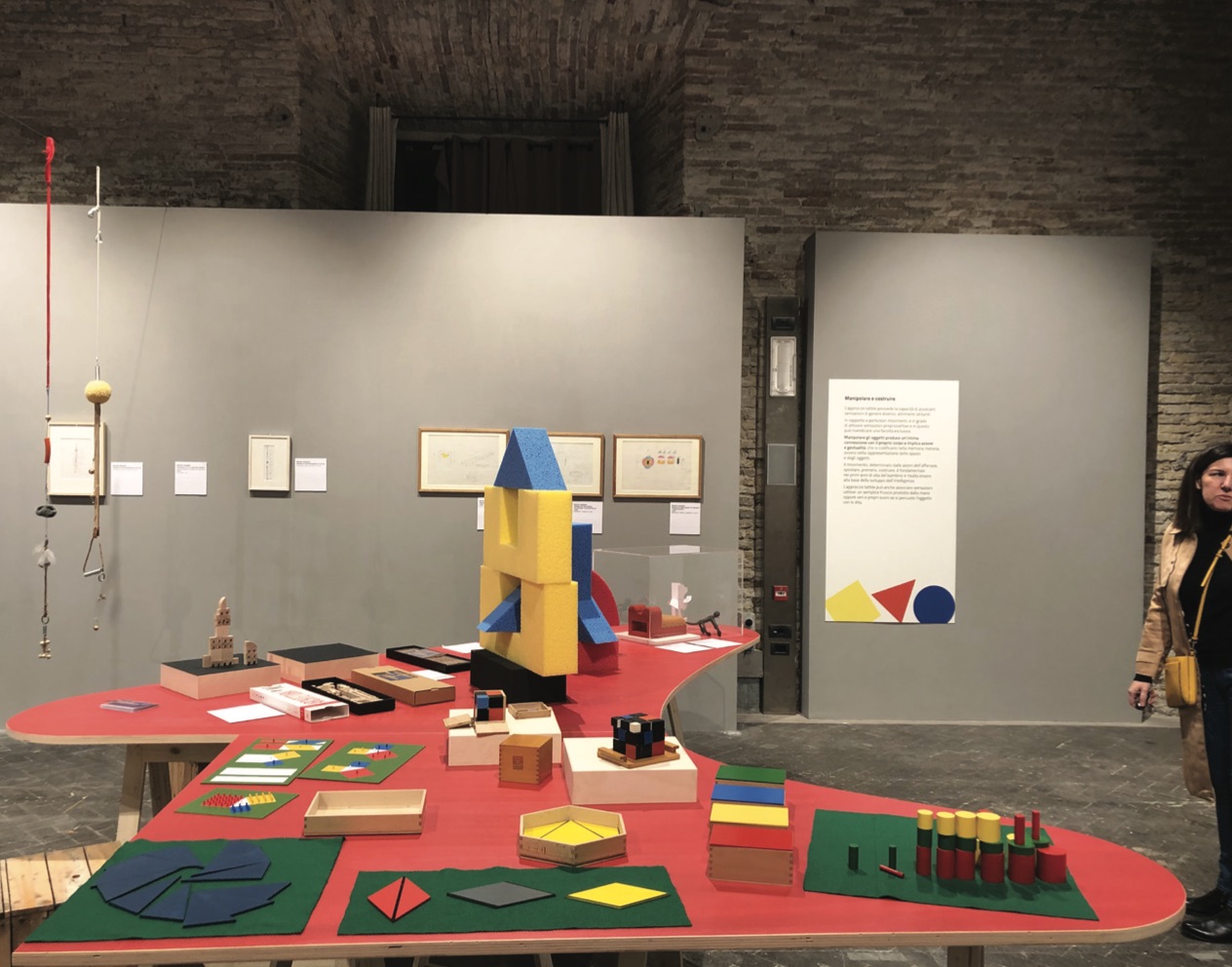There are things that are read and studied but sometimes a physical presence is necessary to make it real. Even thoughts need room, physical places and people who physically retain their spirit. Speaking with Michele Borra on the history of UICI on the occasion of the Centenary Exhibition, I asked him a question. His response was so obvious to him and also to me listening to it because in reality I should have remembered. But it was his simple words that made it tangible to me. The question related to the possibility that Augusto Romagnoli and Maria Montessori knew each other, whether they knew about their mutual research. In recent months, I had the opportunity to work on the installation of the exhibition called Touching Beauty With Maria Montessori and Bruno Munari, in Ancona, commissioned by the Omero Tactile Museum of Ancona and the City of Ancona. The exhibition aims to research on the two protagonists' approach engaged in working with children through an experience which involves sensory dimension. The first approach rediscovers the child by observing him. An analytical observation that comes to produce a series of teaching materials which, stemming from practical life, leads to different languages to arrive at cosmic education. For Munari, the focus is similar.

Remaining responsive to the child who, freed from patterns, has infinity before him. The child's gaze, acting creatively, is synthesized through practices which, however tactile, remain closely linked to a syncretic and global universe. The tactile tables, for example. This exhibition investigating the beauty perceived by touch, makes tangible two revolutionary approaches for their time: one which is analytical and the other which is syncretic, offering the opportunity to experience them. The comparison puts in parallel the exploratory tactile activity and the visual cognitive activity. Touching to learn about the world is certainly an analytical activity: I have to explore the world touch by touch to piece together the puzzle of the environment around me. The hand has a limited space of action and therefore the child needs to add the various parts touch by touch. Movement and tactility are the two qualities that are recognized in Maria Montessori's teaching materials, and this also applies to Augusto Romagnoli. Michele Borra has a great knowledge of the culture relating to the history of blind and visually impaired people in Italy. So he knows quite well the life and works of Romagnoli and he only needs to remind me of a title: Blind Children where the relationship between the two is quite obvious. Here I read: "... Montessori justly observes that the muscular sense and touch play a much more considerable part in children than in adults, whose visual education leads them rather to forget that touch and the muscular sense were the very educators of the eye."


.jpg)



.png)